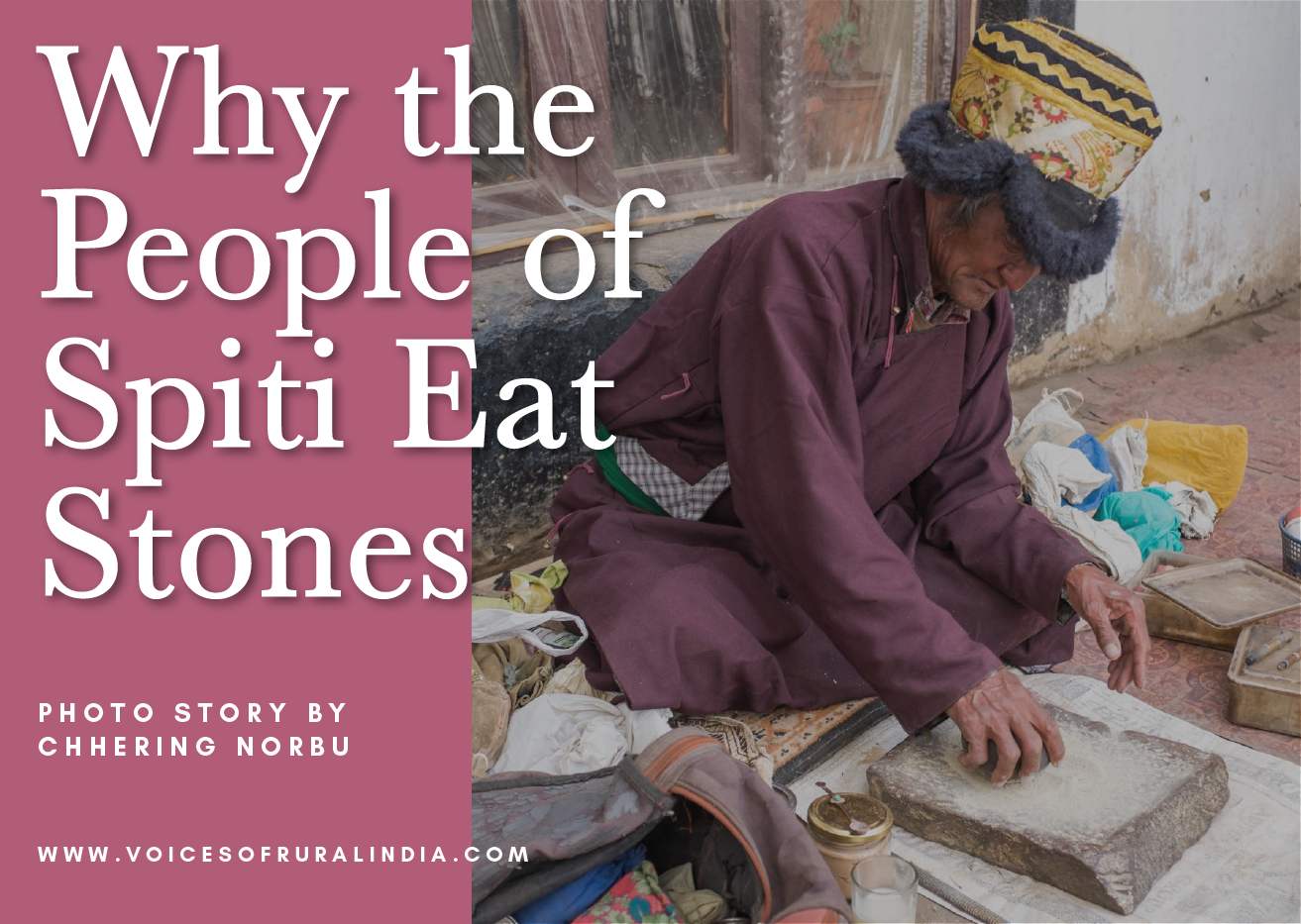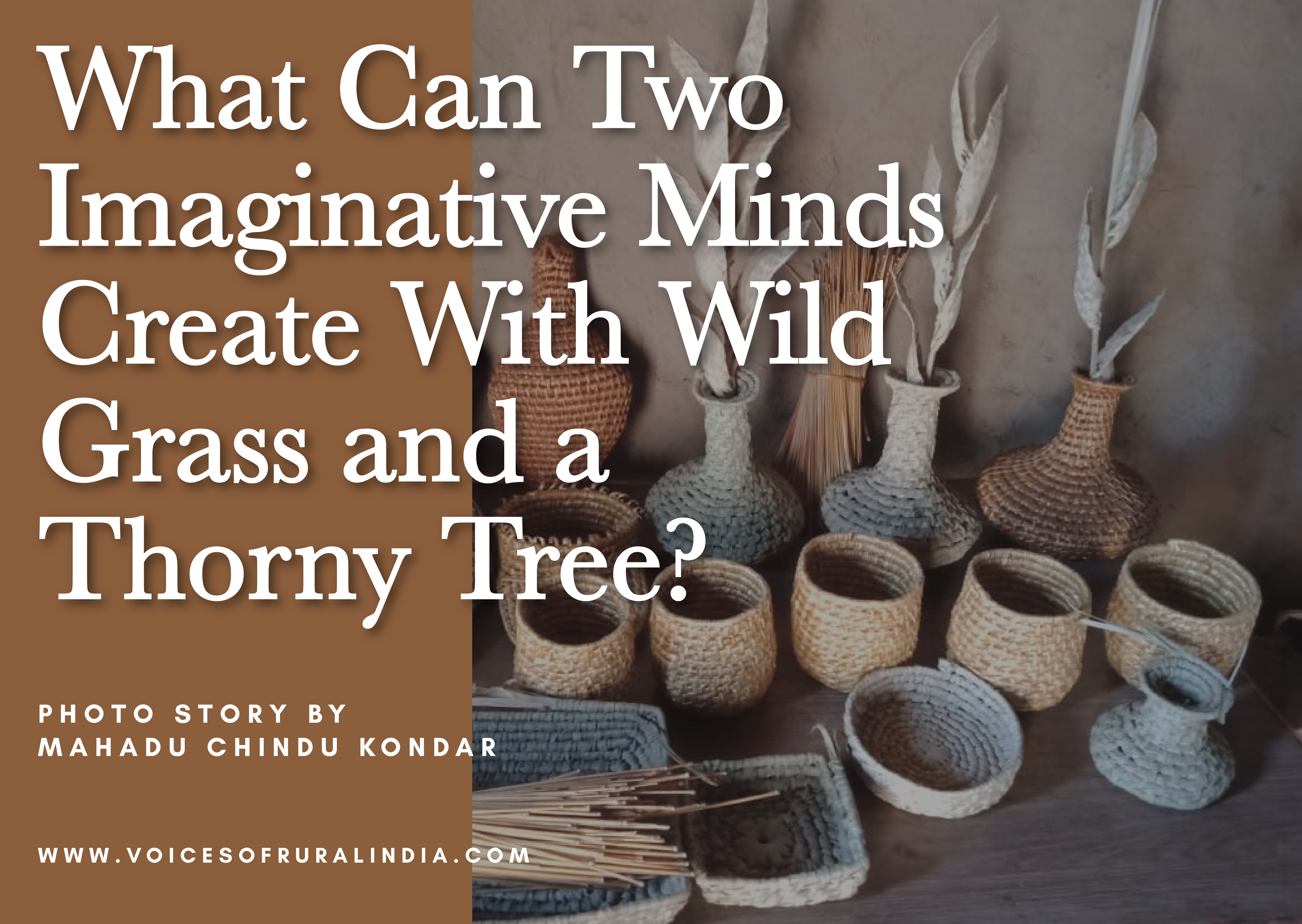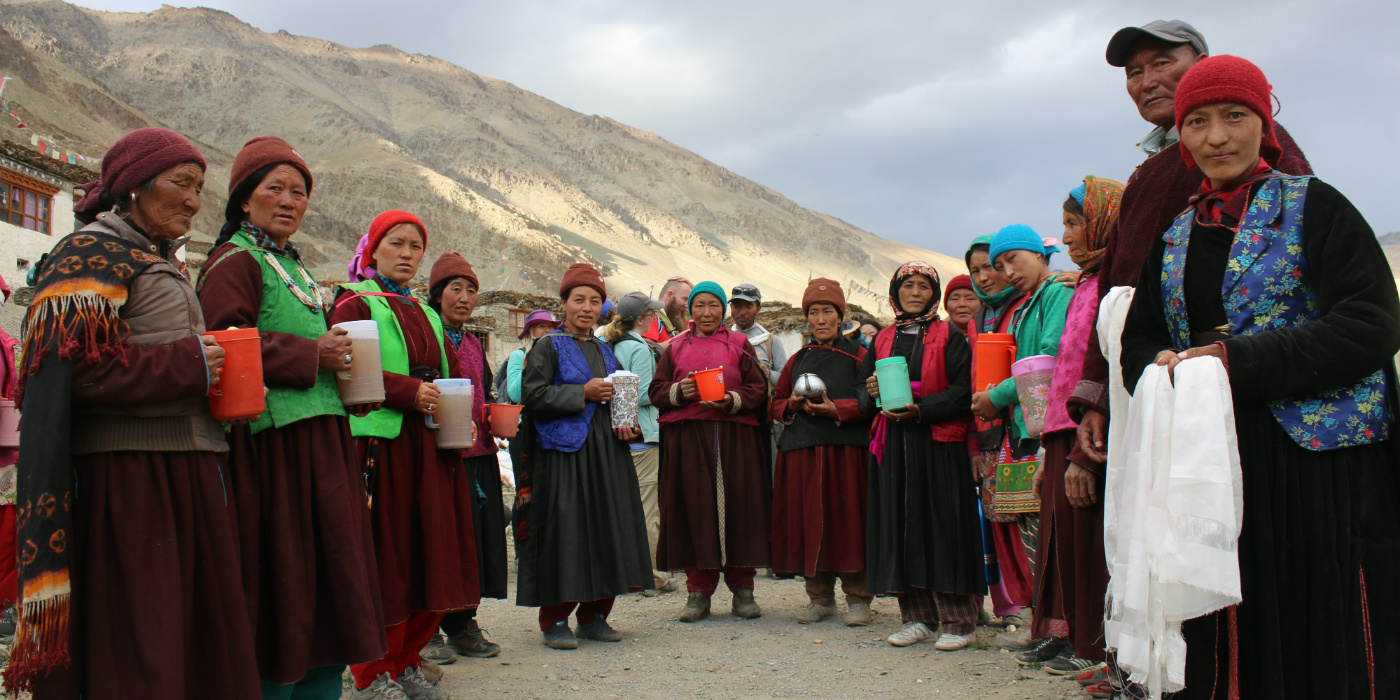
Tourism has the capacity to positively impact local communities when they are made stakeholders
Rural tourism must grow in synergy with livelihoods like agriculture and crafts that are the backbone of a rural lifestyle, marked by an understanding of and respect for nature, a collective existence and a small environmental footprint. Tourism should thus broad base benefits from showcasing a rural lifestyle, supplement existing incomes and strengthen livelihood security, rather than trying to replace these primary activities
The Challenges
Essentialising rural identities: The current expansion of travel opportunities and the search for new experiences is taking tourists to lesser-known rural destinations in India. However, most often than not, visitors entering villages tend to see rural communities as the ‘other’. Travellers from cities tend to categorise them as ‘isolated entities’, even though most communities are highly connected to the world. Even the most well-meaning city dwellers tend to reduce rural communities to uni-dimensional identities as those living ‘close to nature’ or as people ‘in need’, who are ‘underdeveloped’ or ‘to be saved’.
Recognising meeting grounds: It is important for urban travellers to understand that like their own selves, the villager’s existence also hinges on dignity, a sense of ownership and pride, about her land, forests and culture. She shares with them aspirations for a better income, a dignified livelihood and better quality of life. It can, however, be quite challenging to impress this upon visitors who despite good intentions often overstep boundaries, or may be disrespectful to their hosts.
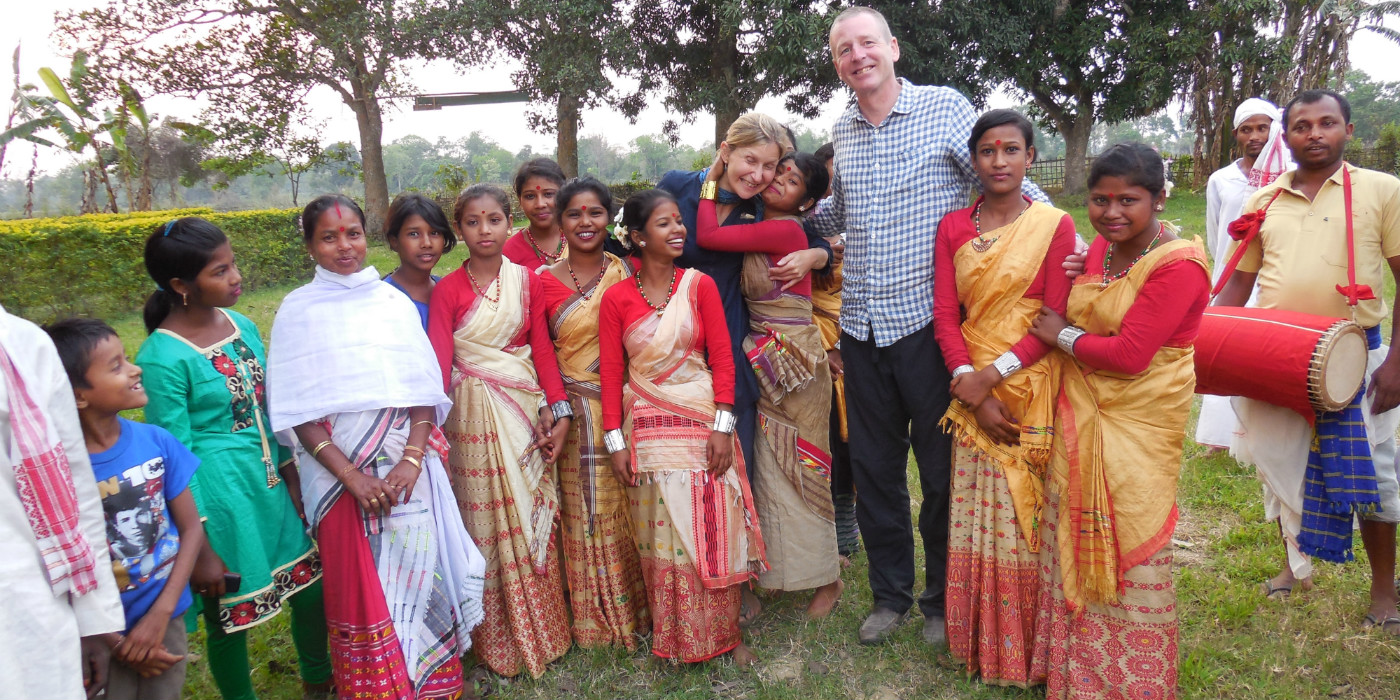
The trips organised by Holidays in Rural India (pic above) are about interaction and exchange between visitor and local and not just gawping and taking snaps.
Misconceptions among village communities: Rural communities new to tourism could have misplaced notions of hospitality about what might appeal to urban audiences. They may think of investment- heavy ‘modern’ facilities and furnishings like plush carpets and plastic chairs, instead of renovating or refurbishing traditional furniture, or using local textiles to redecorate their homes.
Bridging the Gaps
How can these gaps in understanding between travellers and hosts be bridged to ensure that tourism remains mindful of local people, nature and culture, even as they present promising opportunities for both sides? Looking at issues on both the traveller-entrepreneur or guest-host dyad will be useful here.
The Rural Tourism Enterprise
Designing community-first experiences: Tourism programmes and itineraries must be designed around the culture, food, folklore, crafts and agricultural practices showcasing perspectives and skills of rural communities through which they act as stewards of the land, while living off it. For example, local people with interests in birds and plants can be bird guides and naturalists. Tourists can be shown the importance of endangered bird species as showcased in motifs in traditional crafts. New products made of local grasses can be designed. Trips or festivals can be organised around community conservation activities like check dams or rejuvenated water bodies.
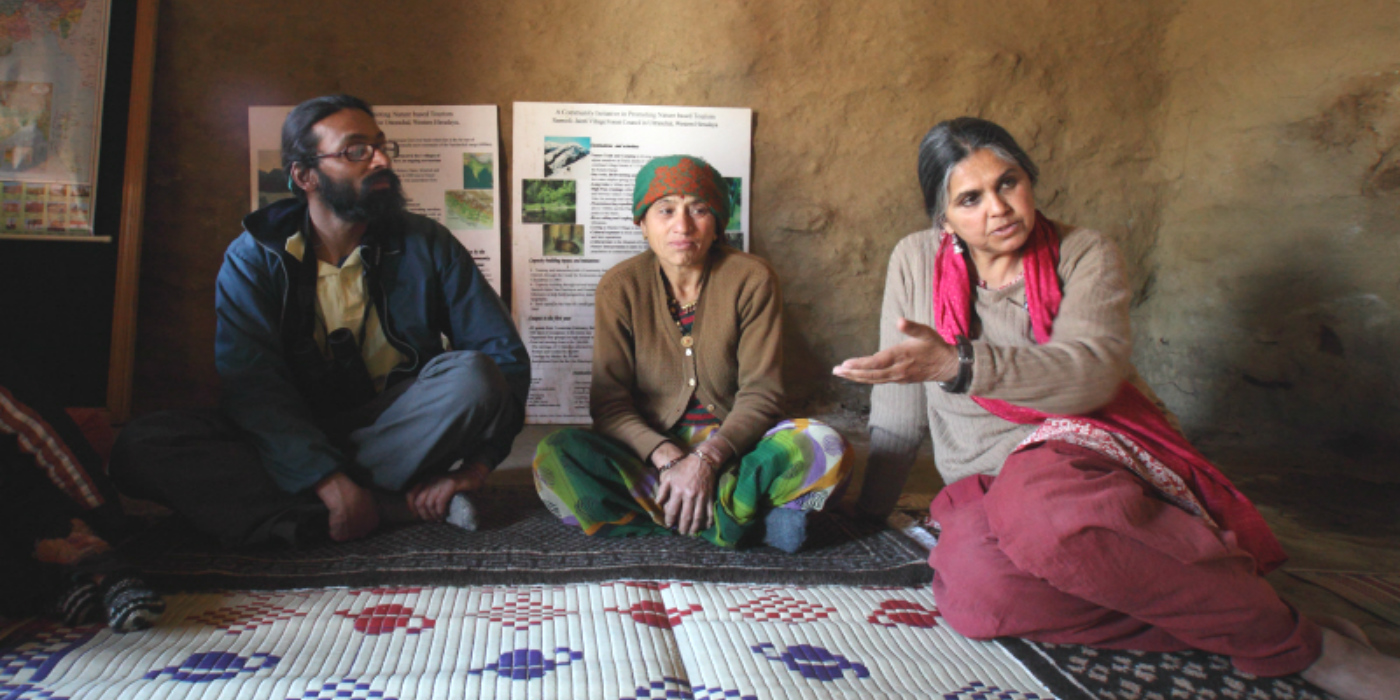
Malika Virdi (extreme right in pic above) at the nature interpretation centre in Sarmoli village. Himalayan Ark was set up in 2004 through the Sarmoli-Jainti Van Panchayat to turn tourism into a ‘non-extractive’ livelihood option for the residents of Sarmoli village in Munisari, with the conservation of the Forest Commons as a core value. It has evolved over the years as a social enterprise, run by a team led by women of the region. The homestays offer an additional source of income to local women.
Sharing, not commodification: Communities entering tourism and their facilitators need to remember that tourism enterprises are a step towards sharing culture and not commodifying it. The pride and self-respect of host communities can be maintained by facilitating their capacity to tell their own stories and the stories of their landscape themselves.
Laying the ground rules: Any community tourism enterprise needs to be mediated by responsible organisations or individuals who lay down the ground rules, keeping communities at the centre and finding solutions for tourists' needs and demands accordingly.
Communities in control: Community tourism enterprises have the responsibility of watching over and addressing the impact that bringing visitors has on their landscape. Thus, it only makes sense that communities be at the helm of all decision-making with regard to issues associated with rural life and tourism. Communities and their mediators must intervene to set terms of interaction with the tourism industry and check rapacious growth by exercising control over their own lands to minimise damage. Eventually, this is what will facilitate an authentic experience for travellers.
Tourism not at the cost of local access to resources: Entrepreneurs bringing tourists into the community should not allow competition for resources. The demands of tourists must not be met at the cost of the community. For example, demands for evening bonfires or call playback by birders should not be entertained because the deleterious impact that these activities will have on forests and birds will stay long after the tourists have left.
Capacity building of rural communities: Sharing of experiences between communities that have considerable experience and those that are newer to tourism may facilitate the breaking of myths. For example, all homestays should have attached toilets.
Pace your expansion: Taking things slow is safer and a lot more meaningful than aiming for rapid expansion of rural tourism enterprises.
A mix of planning and spontaneity: Even though the best moments on a trip are spontaneous, it is important to plan the experience in advance. Well- planned itineraries, community–run homestays matching basic urban conveniences of toilets and clean bed linen, are important to ensure smoother trips and interactions. However, there should be enough flexibility to experiment with activities that the visitors and hosts, once comfortable, might be open to exploring together.
Embrace uncertainty: Sometimes despite planning, things may not pan out as envisaged. For example, the dates of a local festival might change due to a change in the position of stars.
The Traveller
Beyond the service provider-consumer dyad:
Visitors might need to be reminded that they are visiting someone’s home. Thus, unlike in a hotel or guesthouse, the homestay owner is a host who cannot be reduced to just a service provider or servant. She or he will provide for the guest’s comfort according to his or her own capacity and not according to the guests’ demands.
Food arrangements like lunch tiffins can be made so that the hosts do not have to compromise on other necessary daily activities like farming or collecting food or wood from the forests or making crafts.
The importance of orienting guests: Good orientation exercises and preparedness regarding what to expect on the trip can be very effective. Clearly spelt out rules, priming travellers for an experience that will not be an out-and-out commercial trip, levying fees for last-minute cancellations, are some of the ways to ensure that travellers respect homestay owners and not treat the rural homestay experience as a low-cost alternative.
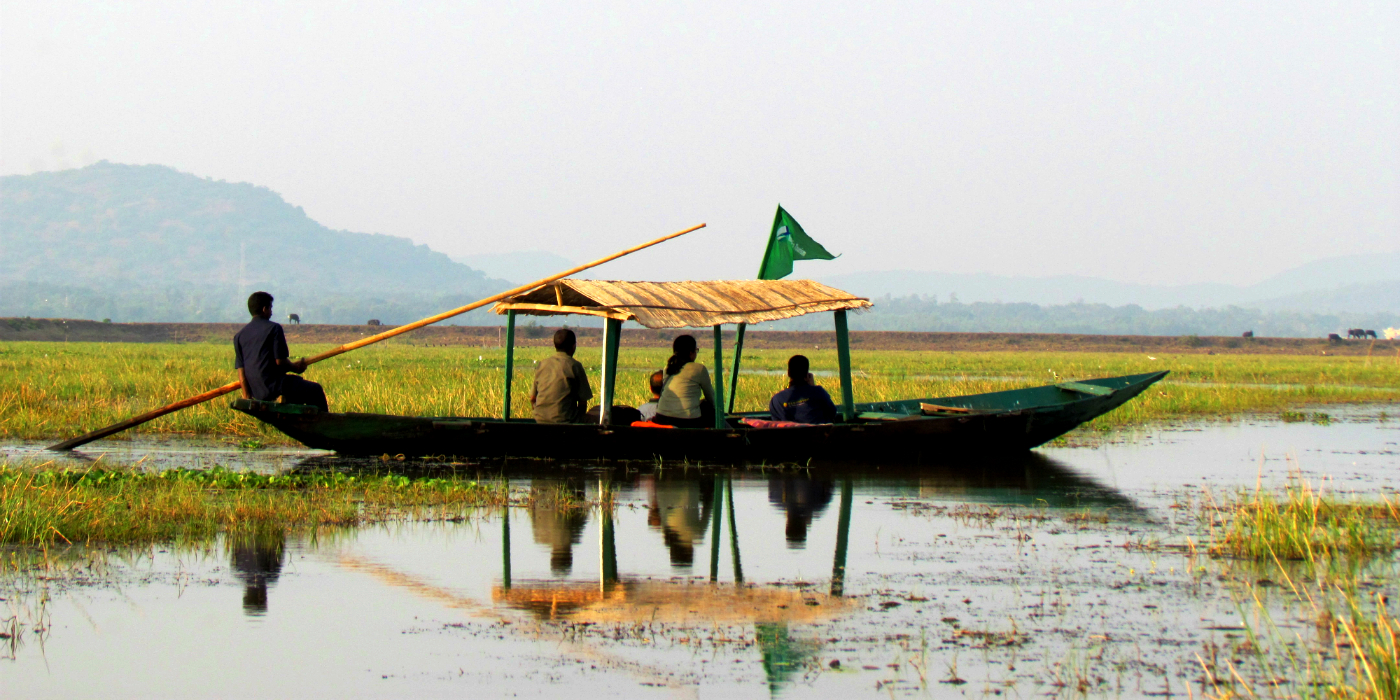
The eco-stay at Mangalajodi Ecotourism (above), while comfortable, is simple. Guests go there for the unmatched guided ethical birding experiences the community-led tourism initiative offers.
The guest as a co-creator of experience: The experience of some community-led tourism enterprises in India suggests that it is possible to impress upon guests that they are not buying or merely consuming the holiday experience, but co-creating it with their host. Hence, what they bring to the experience will also define it.
Respecting personal space: Guests must be primed to respect the personal space of the hosts. For example, not ask questions they would themselves be uncomfortable answering. Or avoid drinking with the host, for there may be a social or religious dynamics that the guest may be unaware of. Or chip in with household chores in some places.
Checking the do-gooder syndrome: Well-designed programmes that place the abilities and skills of rural communities at the centre help facilitate an exchange with urban visitors. Drawing travellers’ attention to the rare intangibles they take away, like knowledge that may be inaccessible in their own settings is one way of discouraging patronising attitudes of ‘do-gooders’ who might come with motivations of charity or teaching the underprivileged or witnessing a ‘primitive way of life that may well disappear’ in the near future.
Opportunity
Community-led tourism can be a moral force:
Community-led tourism can lead to regeneration of the hospitality industry by defining a set of standards that foreground the reciprocity between nature and local communities, not merely referencing profit-oriented practices of the hospitality industry or demands of consumers.
(This article is adapted from a workshop conducted by Malika Virdi, Sarpanch, Sarmoli Village Van Panchayat and Antara Chatterjee, Founder, Little Local at IRTA 2019)


